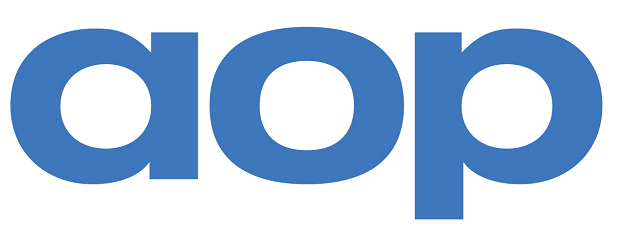
Ad discrepancy levels have increased by nearly 150% when keyword-blocking tags or brand safety wrappers are present, according to new research.
The Association for Online Publishing (AOP) has released the results of a six-month analysis into ad discrepancy levels among its members, uncovering the key causes for inconsistent impression delivery numbers between publishers and buyers.
AOP, whose members include TI Media, Mail Metro Media, Haymarket, Dennis, and News UK, commissioned independent analyst RedBud to assess 128 campaigns across 11 websites from April to September 2019. Results reveal ad discrepancy levels average 8.35% when keyword-blocking tags or brand safety wrappers are operating. Compared to the median rate of 3.42% without tags, this equates to a difference of almost 150% (144%).
The study has shown that differences in creative construction, API call sequences and the number of pixels firing can fuel sizeable delays to impression counting on the buyer ad server side.
RedBud’s analysis found that typically keyword blocking wrappers delayed the impression counting by an additional 0.4 seconds in a Blank HTML testing environment. However, in a live website environment with multiple other tech also loading, the study identified that the delay caused specifically by keyword blocking wrappers was frequently in the 2.5 seconds to 4 second range and is clearly a major factor in why ad discrepancies occur.
To put this in context, Google’s research indicates that over half (53%) of mobile site visitors leave a page that takes longer than three seconds to load.
The study also highlights that the specific technology media agencies chose to add to creative work has a notable effect on discrepancy.
In contrast to initial expectations, the study also discovered the weight of creative has little influence on discrepancy levels. Disproving the hypothesis that heavier ads would mean longer loading times and a higher chance of discrepancy, the analysis found no correlation between file size and ad discrepancy. While large file size does have an impact on wider site performance, the study suggests that compared to brand safety technology it is of very low consideration for ad discrepancy.
Chloe Grutchfield, Co-Founder, RedBud, comments: “Ad related content has become more and more complex with a myriad of technologies embedded in ad tags to track, measure, verify, block, validate consent and more. Agencies are expecting to only pay for ads that are viewable and delivered in a brand safe environment. But complex creatives are making ads less likely to be viewable. What we’re seeing is that publishers often have to pay for the discrepancy and are consistently missing out on revenue. There needs to be wider awareness about the impact of complex creative on ad and website performance.”
Richard Reeves, Managing Director, AOP, comments: “Recent years have seen a significant rise in the levels of ad discrepancy experienced by digital publishers and the buy side, which we can now see is directly related to the blanket use of brand safety wrappers or keyword-blocking technology. It is now clear this approach is significantly hurting both publisher and advertiser revenue.
“Our frustrations lie in the fact that often these content verification tools aren’t needed in the premium publisher ecosystem where an already brand safe environment, with appropriate context, is already available for advertisers.”
